
|
|
|
|
|
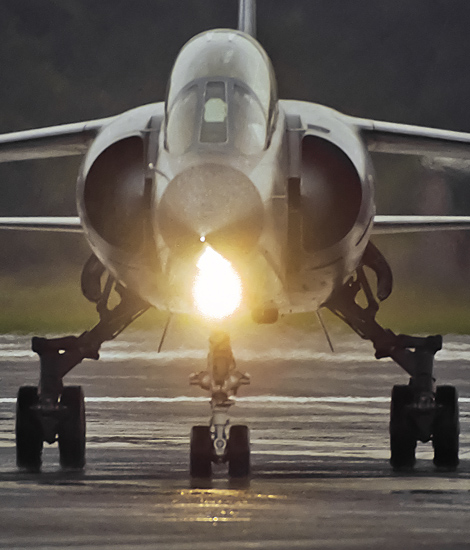
|
Photocall Kleine-Brogel 2004; Kleine-Brogel, July 20, 2004
25 Year F-16 in the Belgian Air Force; Text and Photograph's by Alex van Noye
On Tuesday, July 20, another spotter’s day was on the agenda at the Belgian airbase Kleine-Brogel. This
year marks the 25th anniversary of the F-16 which is celebrated by the Belgian Air Force. The F-16 entered
service in the Belgian Air Force for the first time in 1979. The aircraft replaced the F-104G Starfighter.
Belgium was 1 of the 4 countries which first purchased the F-16 Fighting Falcon. In total, the Belgian Air
Force received 160 F-16s which were delivered in 2 batches. Four countries were looking for a successor of
the F-104 Starfighter in the late 70s. These countries, were; Belgium, Denmark, the Netherlands and Norway.
These 4 countries were labeled as the European Participating Air Forces (EPAF). They would become the first
international customers in the world which bought the F-16. A unique program was started together with the
United States which led to a multi-national design program for the F-16. The F-16s for these 4 countries
were all built in Europe. The Netherlands and Belgium were the 2 responsible countries which would build
the European F-16s. The Belgian F-16s were built by the Société Anonyme Belge de Constructions Aéronautiques
(SABCA). This company was responsible for the final assembly of the Belgian and Danish F-16s. The Dutch and
Norwegian F-16s were built by Fokker in the Netherlands. Belgium ordered a total of 160 F-16s for its air
force. The initial order of Belgians consisted of 116 F-16s. The order consisted of 96 single seat F-16A
aircraft and 20 dual seat F-16B aircraft. The first assembly line in Europe was opened by SABCA in February,
1978. The first F-16 which was built in Belgium made its first flight on December 11, 1978. The first F-16
unit which made the transition to the F-16 was the 1 Wing at Beauvechain.
This first production F-16B Block 1 was accepted by the Air Force on January 29, 1979. The first 23 F-16s
were all of the type F-16A/B Block 1. A total of 17 F-16A Block 1 and 6 F-16B Block 1 F-16s were delivered
to the Belgian Air Force between 1979 and 1980. Also 8 F-16A Block 5 and 4 F-16B Block 5 F-16s were delivered
to the Belgian Air Force between 1980 and 1981. The first 35 F-16s, which were all of the Block 1 and Block
5 standard, were carried back to SABCA for the upgrade to the Block 10 standard from the beginning of
September 1981. The planes were updated with
|
|
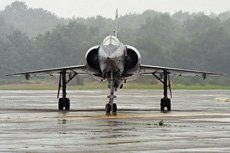
|
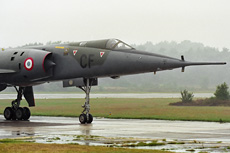
|
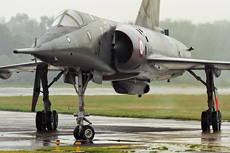
|
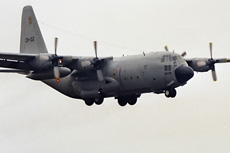
|
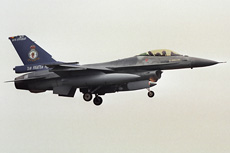
|
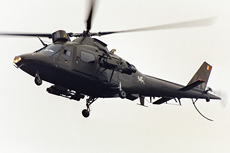
|
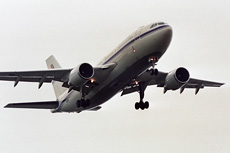
|
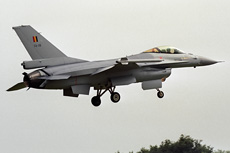
|
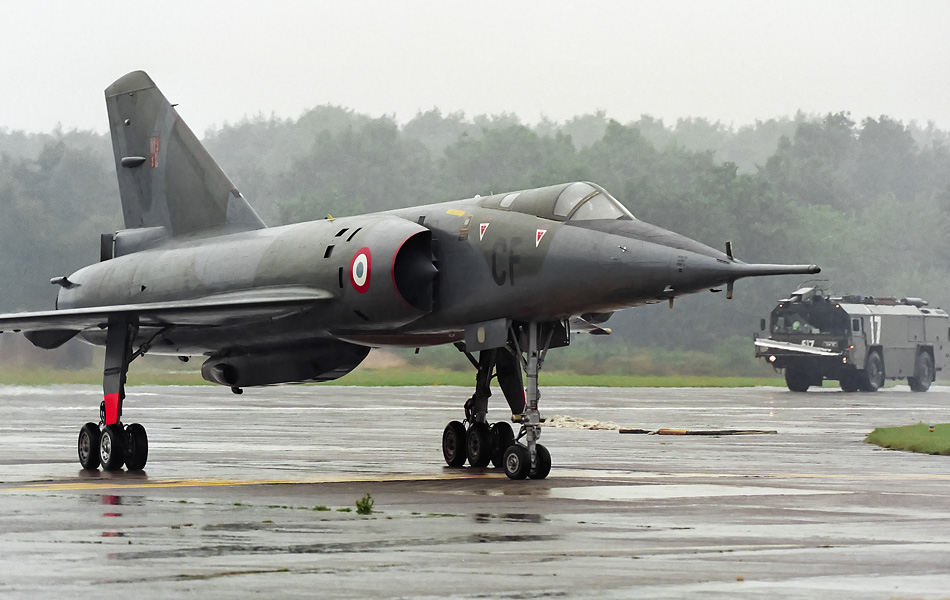
|
improved avionics and the APG-66 radar. After this upgrade, another 30 F-16A Block 10 and 2 F-16B Block 10
aircraft were delivered between 1981 and 1982. The other F-16s of the first batch of 116 aircraft were
delivered according to the Block 15 standard. These were a total of 41 F-16A Block 15 and 8 F-16B Block 15
aircraft. The delivery of the first 116 F-16s to the Belgian Air Force was completed in May 1985. The Belgian
government decided to replace also the Mirage V fleet with the F-16 after the Starfighter was replaced by the
F-16. The follow on order was placed by the Belgian government in February 1983. The additional F-16s were
delivered between 1987 and 1991. This second batch of F-16s consisted of 40 F-16A Block 15 aircraft and 4
F-16B Block 15 aircraft. The Belgian Air Force was reduced drastically after the Cold War. The F-16 fleet
was reduced from 160 aircraft to 72 aircraft by the Belgians. The Belgian Air Force started the MLU
(Midlife Update) program together with the 3 other partners Denmark, the Netherlands and Norway in the
mid 90s. An agreement was signed for upgrading the current F-16 fleet on January 26, 1993. Belgium decided
to select only 48 aircraft for the MLU program due to the drastic cutbacks. There was also a budget found
to update another 24 F-16s to the MLU standard. The fate of the remaining 18 F-16s which were operational
at that time was not yet clear. It was decided to also update these aircraft at the beginning of 1998. It
was too expensive for the Belgians to keep 2 variants of the F-16 in operational service. The standard
missile for the F-16 was the AIM-9 Sidewinder. After the MLU update, it was also possible to carry the
AIM-120 AMRAAM underneath the F-16. It was also possible to carry laser-guided weapons with the F-16 after
the MLU update. The new identification of the F-16A after the MLU update is F-16AM; the F-16B was identified
as the F-16BM. The number of operational F-16 wings was reduced from 3 wings to 2 wings. The 1 Wing at
Beauvechain was disbanded after this decision.
There were 7 squadrons in the Belgium Air Force which flew the F-16. The F-16s were initially divided over
3 airfields, namely; Beauvechain, Kleine-Brogel and Florennes. On March 4, 1996, it was decided to concentrate
the Belgian F-16s at only 2 airfields. The 1 Wing at Beauvechain was disbanded as an F-16 unit. Beauvechain
was the first Belgian airbase which received the F-16 on January 16, 1979. The no 349 Squadron became the
first operational F-16 unit in Belgium. The no 349 Squadron was followed by the no 350 Squadron when the
unit received its first F-16 on March 3, 1980. The third unit at Beauvechain was the OCU (Operational
Conversion Unit). This unit was established in 1987 and had to train the new F-16 pilots in Belgium. The
OCU and the no 349 Squadron were moved to Kleine-Brogel after the disbandment of the 1 Wing in 1996. The no
350 Squadron moved simultaneously to Florennes. Kleine-Brogel in the northern part of Belgium was the second
F-16 airfield in Belgium. The 10 Wing at Kleine-Brogel consisted of 2 squadrons which were later supplemented
with the 2 squadrons from Beauvechain. The first unit at Kleine-Brogel which received the F-16 was the no 31
Squadron. This tiger unit received the F-16 for the first time in 1982. The second squadron at Kleine-Brogel
which received the F-16s was the no 23 Squadron. This unit was known as The Devils Squadron and it received
its first F-16 in 1982. The no 23 Squadron was disbanded due to Belgian cutbacks on March 8, 2002. The third
F-16 base in Belgium is Florennes in the southern part of the country. The 2 Wing is stationed at Florennes.
This wing contained beside the no 350 Squadron from Beauvechain also 2 other squadrons. The first squadron
at Florennes is the no 1 Squadron. This unit received its first F-16 in 1989. The second unit at Florennes
was the no 2 Squadron. This unit received the F-16 for the first time in 1988 when the Mirage V was replaced
by the F-16. The no 2 Squadron was also disbanded due to cutbacks on April 20, 2001.
|
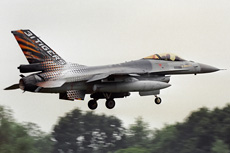
|
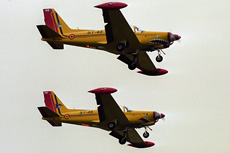
|
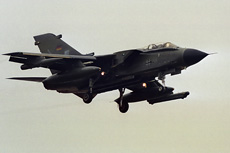
|
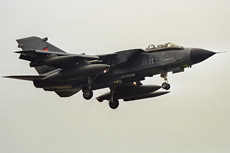
|
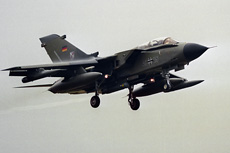
|
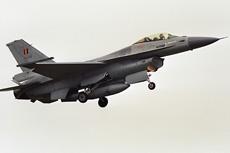
|
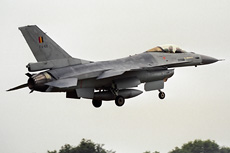
|
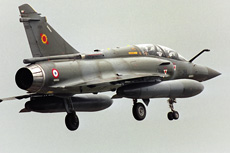
|
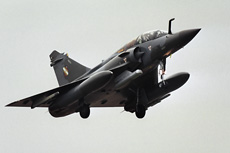
|
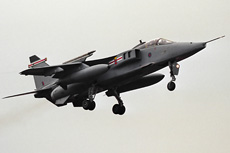
|
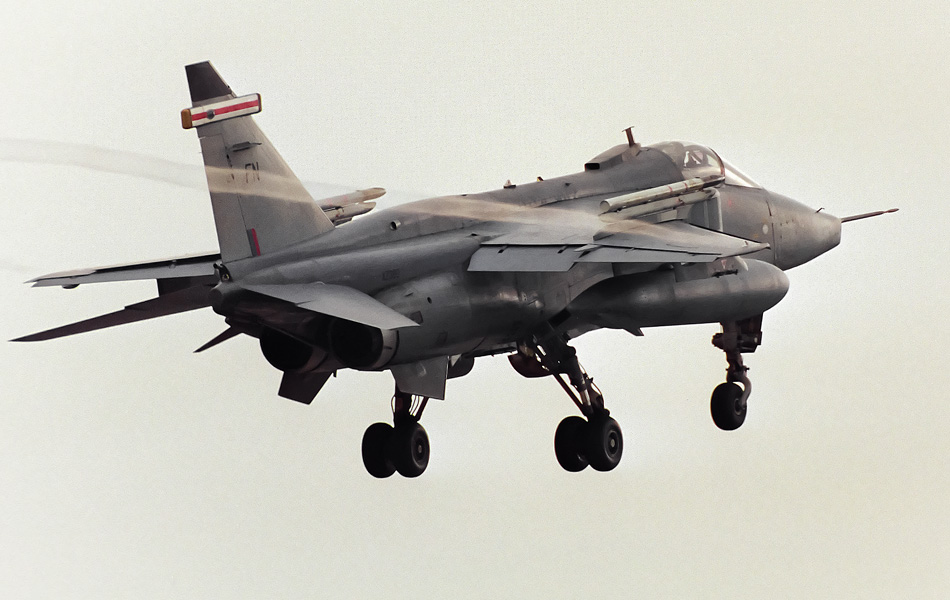
|
|
|

|







